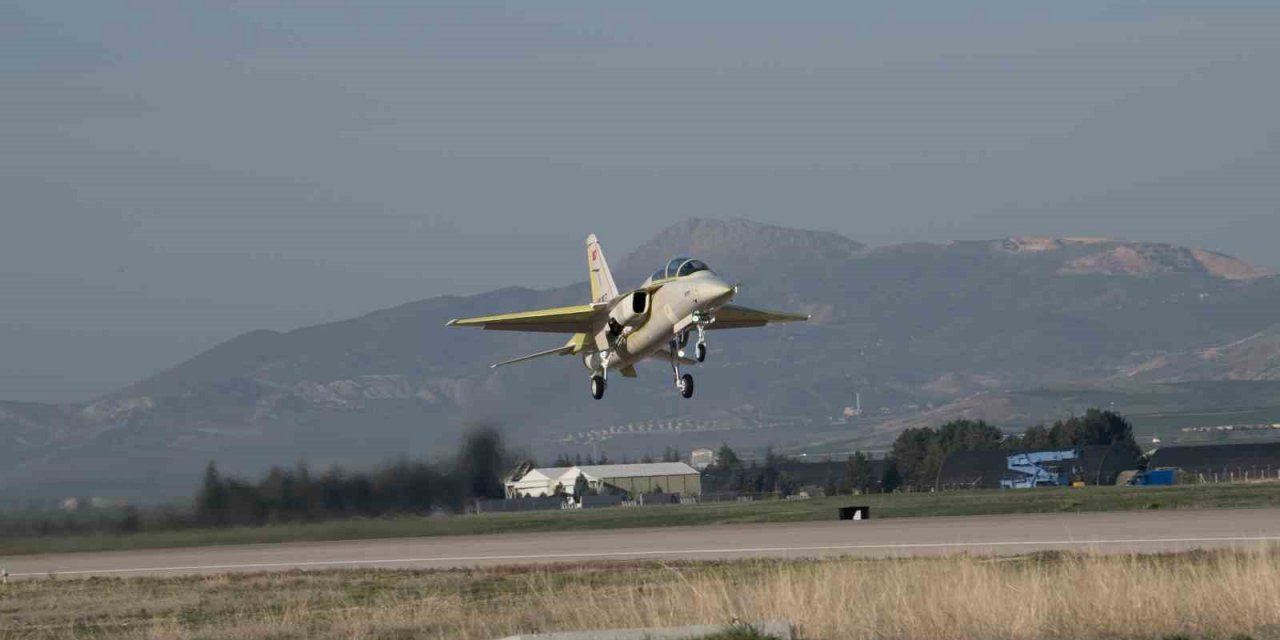
Hole in ozone appears to be shrinking after 30 years
'Fingerprints of healing' discovered by scientists for first time; 1987 Montreal Protocol agreement likely cause
By Barry Eitel
SAN FRANCISCO (AA) – The massive hole in the ozone layer above Antarctica shows signs of healing after three decades of concerted action by world governments, scientists said Thursday.
The ozone layer is a crucial part of the atmosphere that blocks harmful solar radiation from reaching the Earth’s surface. Without it, scientists believe skin cancer rates in animals and humans would skyrocket.
A massive hole in the ozone above the frozen continent of Antarctica was discovered in 1985, which researchers quickly attributed to the use chlorofluorocarbons (CFCs), a type of chemical used in refrigerators and aerosol sprays.
The gaping hole became a powerful symbol of mankind’s ability to affect the environment, and in 1987, 196 nations signed a pledge to limit the production of CFCs in an agreement known as the Montreal Protocol.
Today, however, researchers claim the hole has shrunk significantly -- 4 million square kilometers (1.5 million square miles) since 2000, when ozone depletion was at peak levels. This contraction is roughly half the size of the contiguous United States.
It appears that these “first fingerprints of healing” of the Antarctic ozone layer, as the scientists describe it, were caused by the Montreal Protocol.
Researchers working from the Massachusetts Institute of Technology (MIT) led an international team, which was funded by the National Science Foundation and the U.S. Energy Department. The team’s results were published Thursday in the journal Science.
“We can now be confident that the things we've done have put the planet on a path to heal,” said lead author Susan Solomon of MIT, who was instrumental in uncovering the causes of the ozone hole 30 years ago. “Which is pretty good for us, isn't it? Aren't we amazing humans, that we did something that created a situation that we decided collectively, as a world, 'Let's get rid of these molecules'? We got rid of them, and now we're seeing the planet respond,” she added.
AA
Kaynak:![]()







